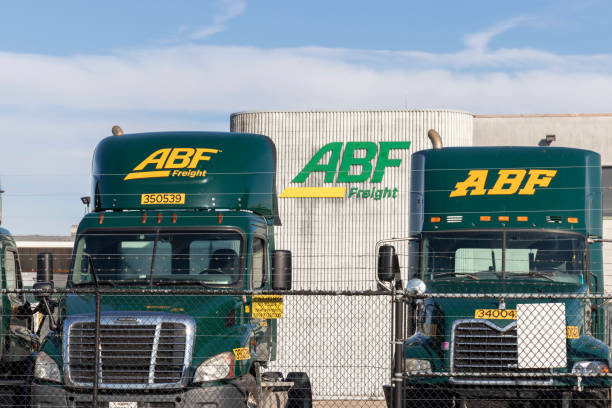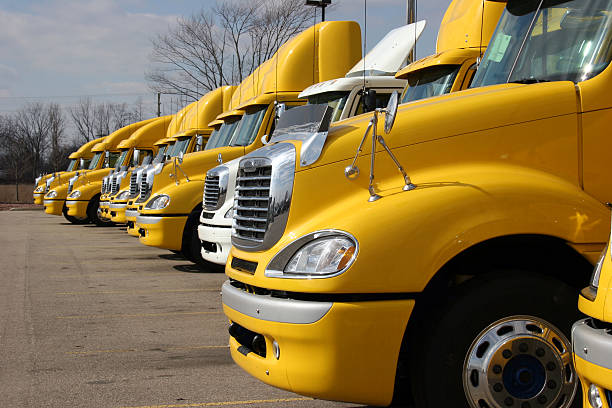How to Decide Which Option Is Right for You
Choosing between FTL and LTL depends on your shipment specifics, deadlines, and budget. Here are key factors to consider:
-
Size and Weight of Your Shipment:
If your freight takes up most or all of a trailer, FTL is more efficient. For smaller freight, LTL provides cost-effective shipping. -
Time Sensitivity:
FTL is ideal for urgent shipments with fixed delivery deadlines. LTL offers more flexible timelines with slightly longer transit times. -
Product Type:
Fragile or high-value goods benefit from FTL due to reduced handling. LTL is fine for durable and non-sensitive items. -
Shipping Frequency:
LTL is a great option for businesses that ship smaller loads frequently. FTL works better for bulk or seasonal shipping. -
Budget Constraints:
For budget-sensitive logistics, LTL provides shared-cost savings. FTL delivers value when large volume offsets the cost of using a full trailer.



